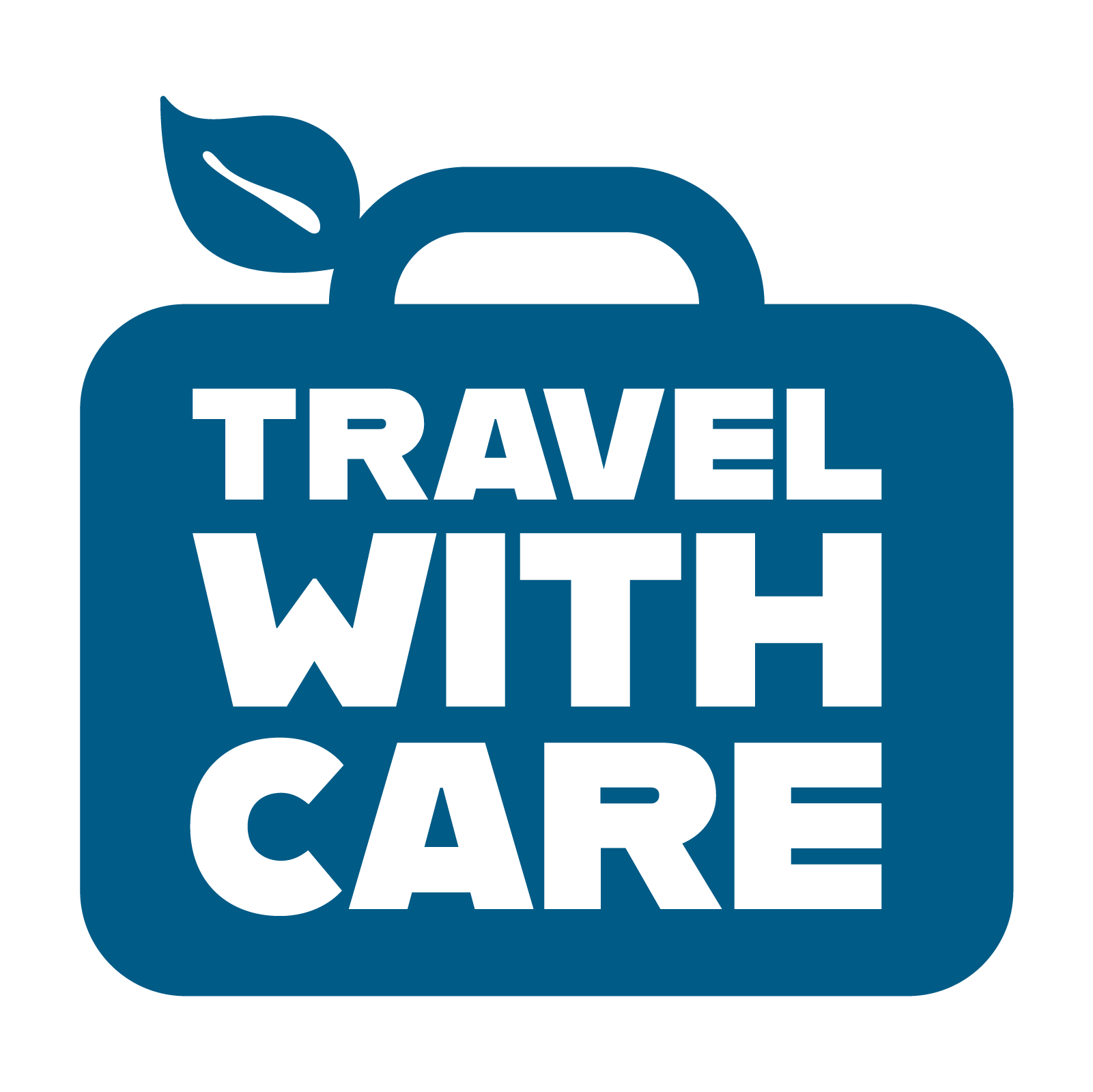
22 Oct Limiting Visitor Numbers to Manage Overtourism
Effectively telling your sustainability story can be challenging. Sharing your progress, encouraging responsible travel behaviors, and avoiding accusations of greenwashing are difficult things to do. Fortunately, there are great resources available to help guide you through this communication minefield.
Is limiting the number of visitors a solution for destinations struggling with overtourism? For more than 40 years, Lord Howe Island, Australia, has limited visitor numbers to just 400 at a time. Montecristo, an island in the Mediterranean Sea, employs a maximum of 1,000 visitors per year. Machu Picchu, Peru capped the number of daily visitors to around 2,500 people to preserve the UNESCO World Heritage site. Santorini, Greece limits the number of cruise passengers disembarking per day to around 8,000. While implementing restrictions can be challenging, destinations with experience enforcing visitor limits offer valuable insights for DMOs seeking to determine their own approach to manage overtourism.
Lord Howe Island and Machu Picchu are UNESCO World Heritage Sites that limit the number of visitors to protect the fragile ecosystem from overdevelopment. The cap on inbound tourists helps the destinations preserve its natural beauty while providing an exclusive experience. Limiting the number of visitors ensures the destination minimizes the risk of overtourism.
DMOs can set similar caps on visitor numbers during peak seasons like how Venice, Italy recently started implementing daily visitor caps and charges for day tourists to limit numbers. DMOs can also limit access to fragile ecosystems like beaches or hiking trails like how Maya Bay, Thailand gained fame from The Beach movie, closed the beach to tourists in 2018 to allow coral and marine life to recover. It reopened with strict limits on daily visitors and no boat access directly to the beach to preserve its ecosystem. Along with limiting access to fragile ecosystems, the destination could promote low-impact activities for visitors.
Lord Howe Island offers snorkeling, birdwatching, and hiking as its main activities, all of which are low-impact and designed to immerse visitors in nature without damaging it. Other examples of low-impact activities include wildlife tours, cycling routes, and educational experiences encourage visitors to connect with the environment in a meaningful way without leaving a heavy footprint. Additionally, Lord Howe Island encourages visitors to support conservation programs such as a paid weed eradication program, weeding ecotours and citizen science campaigns among other programs.
Only about 380 people live on the island full time. By limiting visitors and fixing the number of beds available to visitors, Lord Howe Island creates a “one-for-one visitor to local” experience. By requiring visitors to plan their trips in advance, due to visitor caps, DMOs can manage tourism flows and intentionally prepare visitors for their experience. This could include offering educational resources on responsible travel behaviors, such as how to respect local wildlife, minimize waste, and support local communities and use blogs, social media, and even local guides to share the significance of protecting the destination for future generations.
Limiting visitor numbers demonstrates that managing sustainability is not just about preserving a destination but also enhancing the visitor experience through balancing responsible tourism with resident quality of life and allowing nature to thrive.

